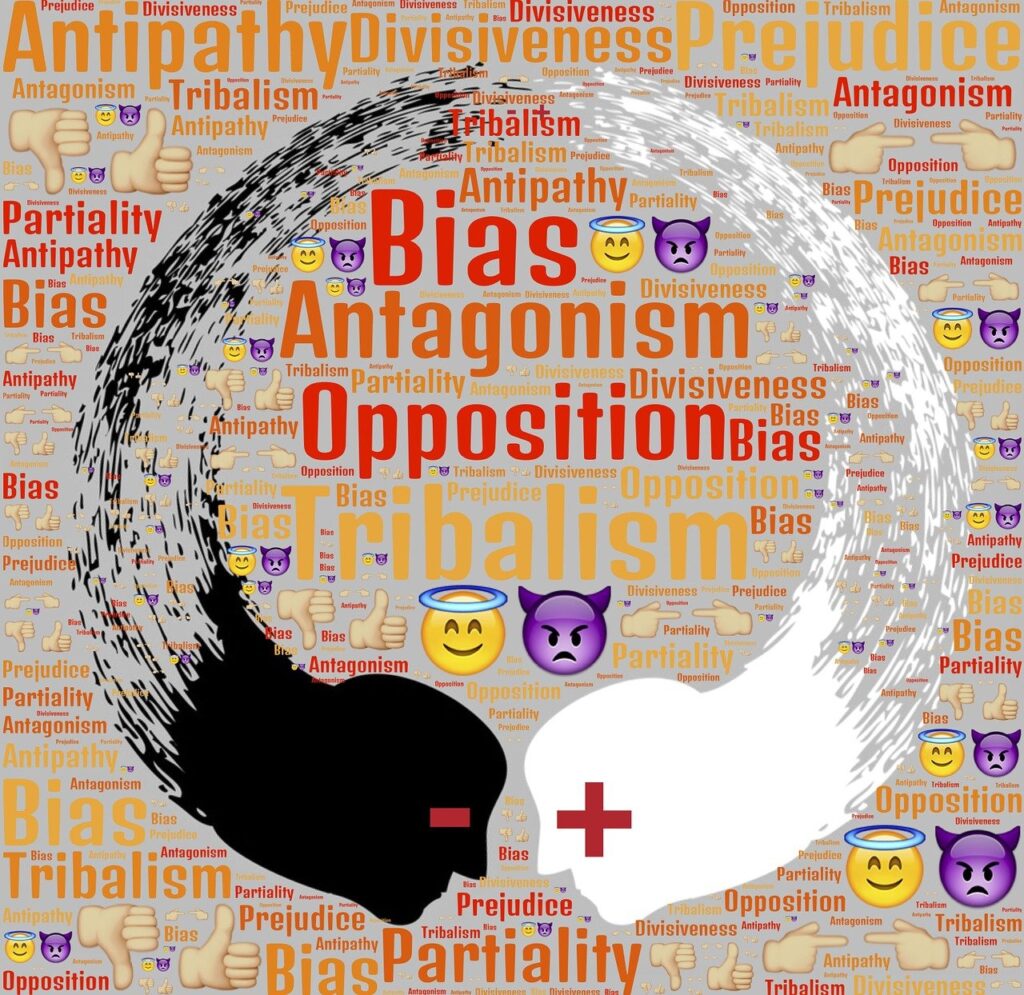Lynn Murphy Mark
2/10/22
A few days ago I went to a movie theater to see West Side Story on a big screen. I haven’t been in a movie theater for almost two years so this was a big escapade for me. I also didn’t know what to expect from this remake of a classic.
I know the words to lots of the songs because I have loved the music for decades. At least ever since I was the house manager for my high school theater program and we staged West Side Story in 1965. Our teacher made sure that we studied the similarities between Leonard Bernstein’s creation and Shakespeare’s Romeo and Juliet.
In high school I thought of this masterpiece as a sad love story set to brilliant music. Nothing more. Today I think of it as a statement of the ongoing racial tension in our country. As I watched the story this time, I was acutely aware of the sad symbolism that unfolded as a gang of white young men threw itself into direct conflict with a gang of young men of color.
The people from Puerto Rico sing of the mixed blessings of living in America. In real life, Puerto Rican people are U.S. citizens at birth. A lot of us don’t know that. In the movie, they were disrespected for looking different and for living in a segregated neighborhood. Each side held grudges and simmering deep hostility toward the other. Mixing of the two was forbidden by a set of rules supported by both sides. There was no effort to see the “other” through friendly eyes.
It was inevitable that people would die under these circumstances. Just as Shakespeare told the story, the two lovers were doomed. Their relationship was banned. Their love was seen with disdain from both sides. In 1960 In the United States interracial marriage was banned in 31 states. Not until 1967 did the Supreme Court under Chief Justice Earl Warren rule that race-based restrictions on marriage violated the Equal Protection Clause of our Constitution.
The original movie version of West Side Story was released in October of 1961, 6 years before the laws restricting racially mixed marriages were overturned. But, sadly, the more things change, the more they remain the same. Groups of people still hold the same prejudices against other people who look different. African Americans and other people of color are subject to the institutional racism that still prevails in the United States.
West Side Story might be a big screen gem that has been reborn after six decades, but its message is the same. Death and destruction live where enmity and intolerance exist – our very own version of Apartheid.

